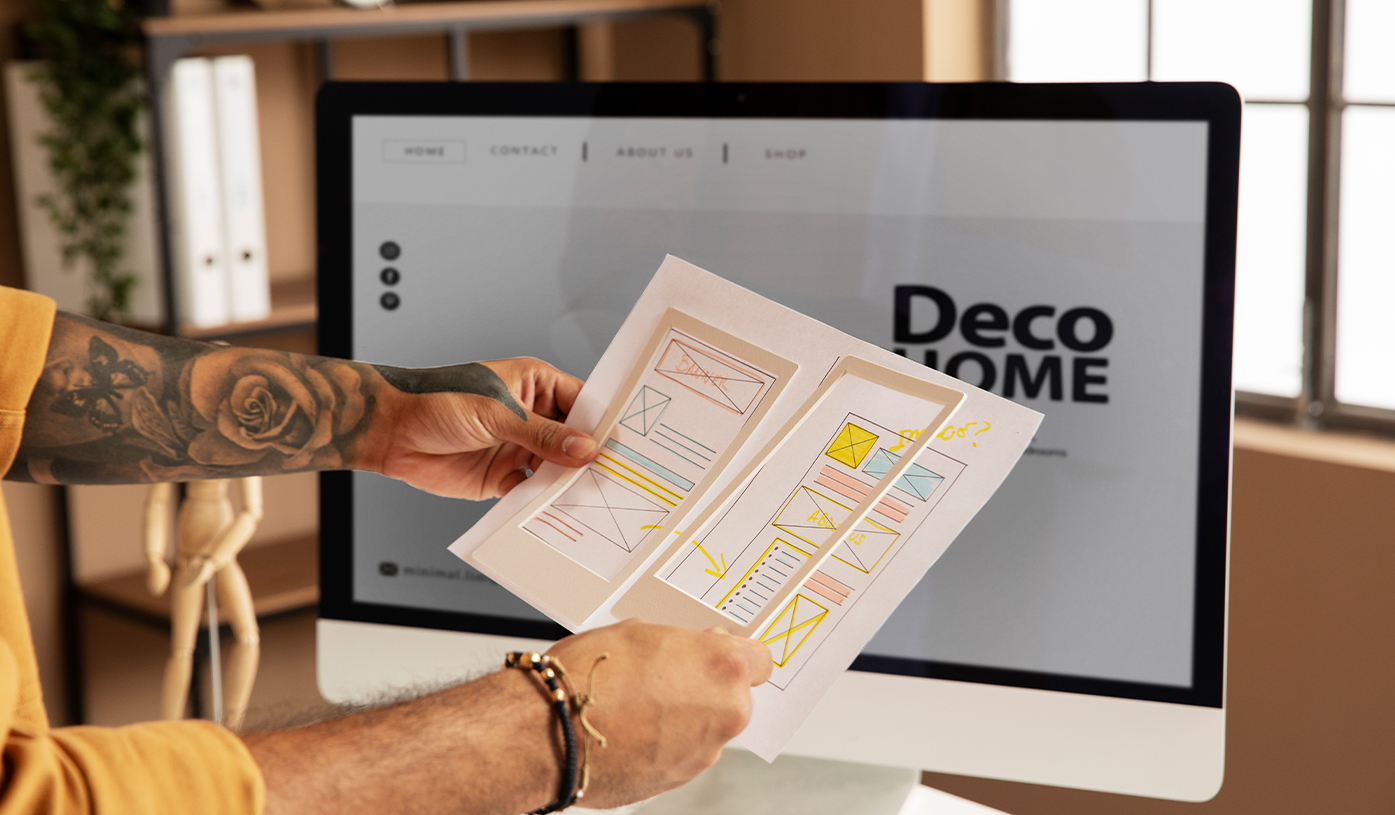Menu

Seekvector empowers designers and businesses to build intuitive websites by leveraging proven UX (User Experience) and UI (User Interface) principles. An intuitive website is easy to navigate, anticipates user needs, and delivers a seamless experience, which translates into higher engagement and increased conversions. In a competitive online landscape, a website that confuses or frustrates visitors risks losing potential customers.
This article explores how Seekvector’s advanced tools can help you apply UX/UI best practices to design websites that users find natural and enjoyable to use, ultimately driving business success.
Intuitive design means users can accomplish their goals on your website with minimal effort and no confusion. According to Forrester Research, improving the user experience can increase conversion rates by up to 400%. Key aspects of intuitive design include:
Clear Navigation: Logical menus and paths that guide users effortlessly.
Consistent Layout: Predictable design patterns that reduce cognitive load.
Immediate Feedback: Visual cues that confirm user actions like clicks or form submissions.
Accessibility: Inclusive design that caters to all users, including those with disabilities.
A study by Adobe also revealed that 38% of users will stop engaging if a website’s layout or content is unattractive or confusing, underscoring the importance of intuitive design.
Seekvector offers a suite of AI-driven tools designed to optimize your website’s usability and interface, including:
User Behavior Analytics: Tracks how visitors interact with your site to identify pain points and opportunities.
Adaptive Interface Recommendations: Dynamically adjusts layouts and UI components for clarity and simplicity.
Accessibility Compliance Checks: Audits your site against WCAG standards to ensure inclusivity.
Personalized UI Elements: Customizes buttons, forms, and menus based on user behavior and preferences.
These features enable continuous improvements and help create an experience tailored to your audience’s needs.
Here are actionable strategies you can implement with Seekvector’s help:
Simplify Your Navigation: Limit menu items and use clear, descriptive labels to reduce user confusion.
Establish Visual Hierarchy: Use size, color, and spacing to emphasize important content and CTAs (calls-to-action).
Provide Clear Feedback: Use animations or messages to acknowledge actions like button clicks and form submissions.
Ensure Mobile Responsiveness: Design your site to work seamlessly on all screen sizes for a consistent experience.
Test and Iterate Regularly: Utilize Seekvector’s analytics dashboard to monitor user behavior and refine design continuously.
Real-World Case Study: Intuitive Design Increases Conversions
Consider a retail brand that revamped its website using Seekvector’s UX/UI recommendations. By simplifying navigation, improving feedback on interactions, and optimizing for mobile devices, they achieved:
35% increase in average session duration
25% reduction in bounce rate
40% rise in completed checkouts
This demonstrates how intuitive design can directly impact business outcomes.